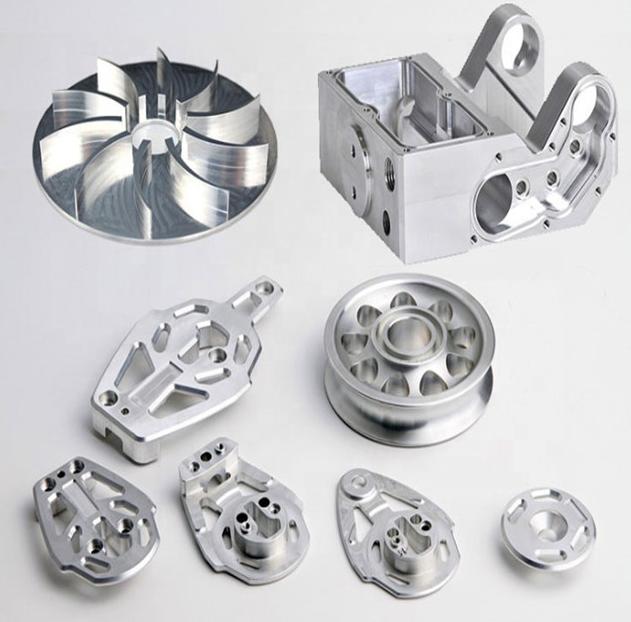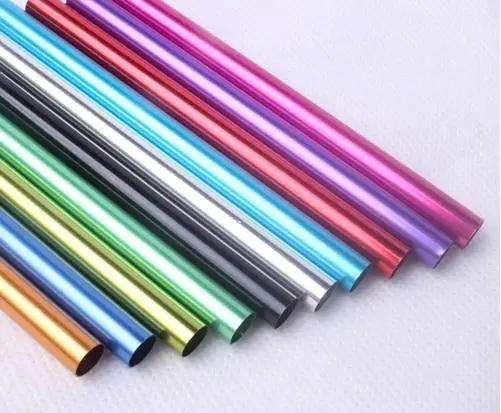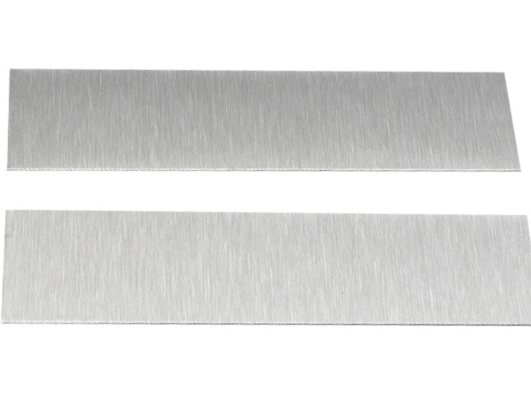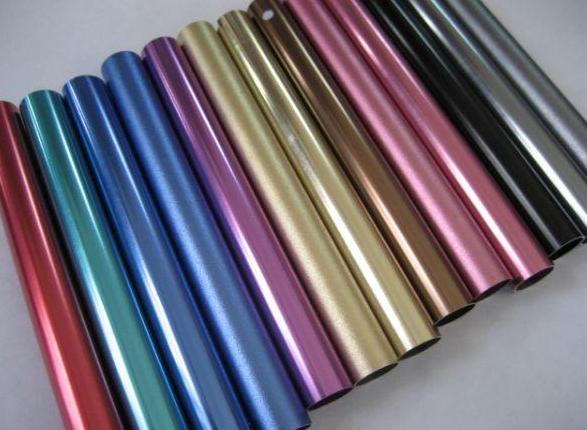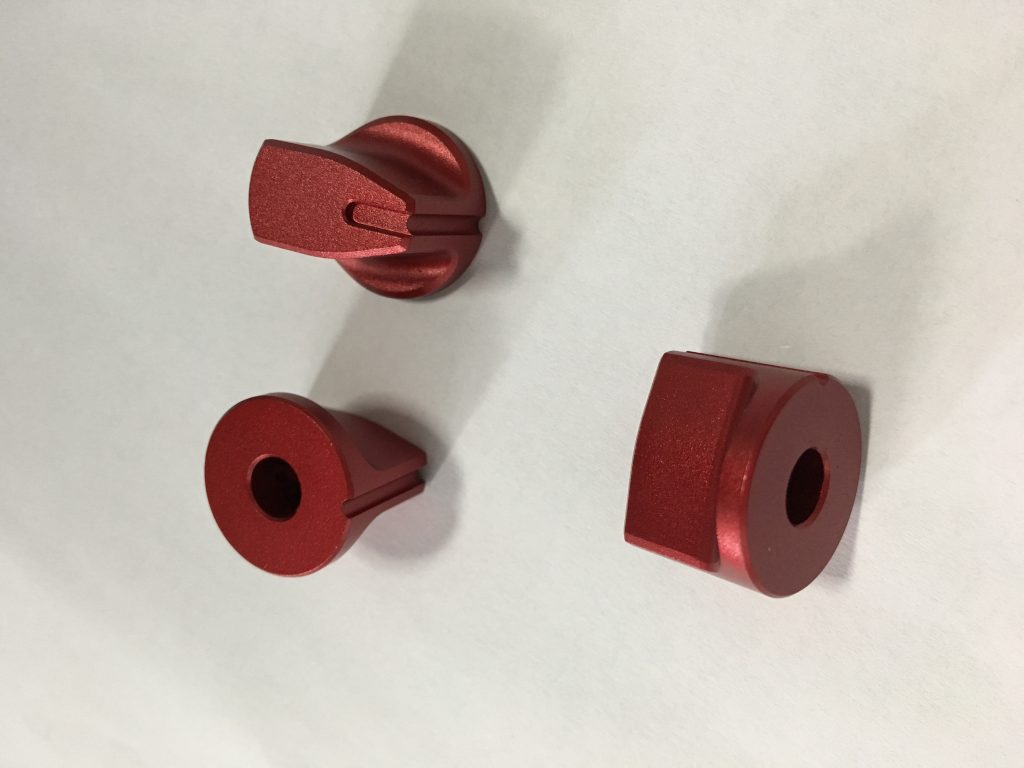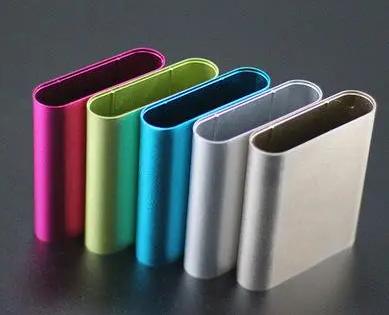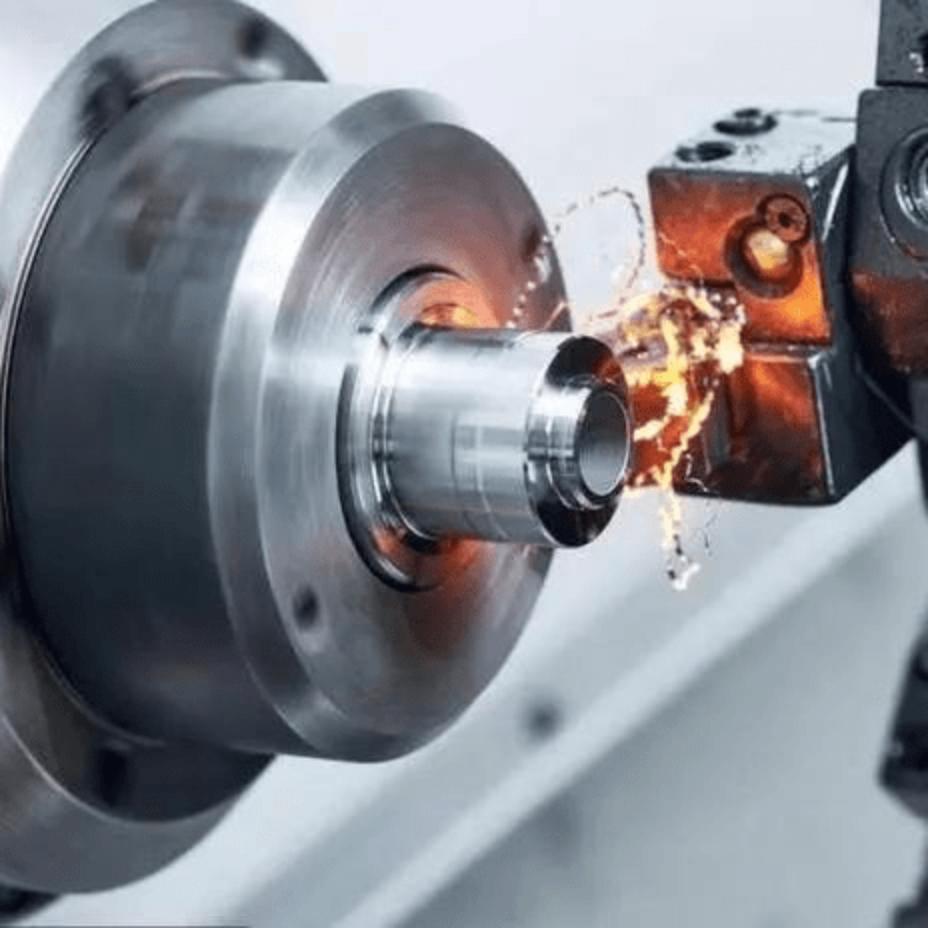Anodizing is an electrochemical process that transforms the surface of a metal, usually aluminum, into a hard, long-lasting, corrosion-resistant oxide layer. This layer is significantly thicker than the natural oxide layer that forms when aluminum is exposed to air. The length of time the metal is exposed to the anodizing process determines the thickness of the anodized layer. Knowing whether anodizing can be repaired provides you with important information for making informed decisions, saving money, maintaining value and aesthetics, contributing to sustainability, and approaching potential damage with confidence and a proactive approach.
What Are the Different Types of Damage and How They Affect the Anodized Layer?
Several factors can damage this layer, affecting its functionality and appearance. Here’s a detailed breakdown of common anodizing damage and its effects:
Mechanical Damage
- Scratches: These are the most common, ranging from shallow to deep gouges. Minor scratches only affect the surface layer, whereas deeper scratches penetrate the oxide and expose the underlying aluminum, reducing corrosion resistance.
- Dents: Blunt force can cause dents in the oxide layer, permanently deforming it and impairing its uniformity and protective properties.
- Abrasion: Continuous rubbing against abrasive materials can erode the oxide layer, resulting in thinning and loss of protection.
Chemical Damage
- Corrosion: Exposure to harsh chemicals, such as strong acids or alkalis, can degrade the oxide layer, resulting in pitting, discoloration, and loss of integrity.
- Staining: Certain chemicals can stain the oxide layer, changing its color and appearance but not necessarily affecting its functionality.
- Degradation: Prolonged exposure to UV rays or extreme temperatures can degrade the oxide layer, making it brittle and vulnerable to additional damage.
Other Damage
- Sealing Issues: Improper sealing after anodizing can expose the porous oxide layer to moisture and contaminants, resulting in corrosion and staining.
- Over-anodizing: Excessively long anodizing times can result in an overly thick oxide layer that is brittle and prone to cracking or flaking.
Impact on the Anodized Layer
The severity of damage is determined by the nature, depth, and scope of the problem. This is a general overview:
- Minor scratches and stains: This may affect aesthetics but not functionality.
- Deeper scratches and abrasions: This compromises corrosion resistance and exposes the underlying aluminum.
- Chemical corrosion: Can significantly weaken the oxide layer and cause structural damage.
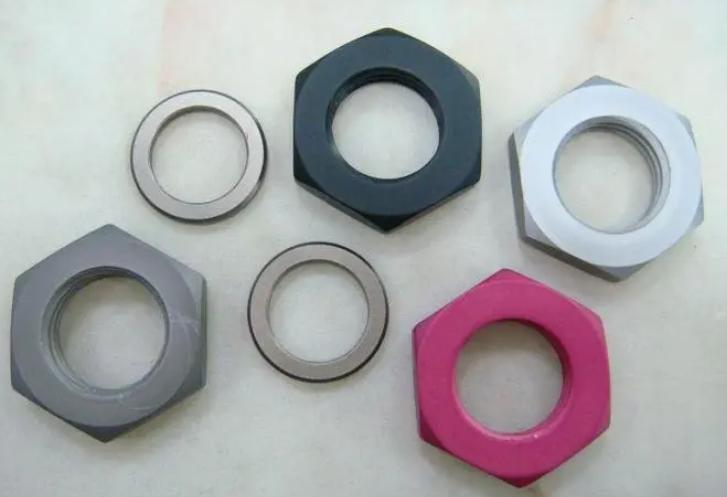
What Are the Repair Options?
Option 1: Re-Anodizing
In some cases, it can be the most effective and comprehensive method of restoring the damaged surface. When the protective oxide layer is damaged, re-anodizing regenerates it, restoring corrosion resistance, wear resistance, and other functional properties. Re-anodizing can hide or reduce scratches, stains, and other cosmetic flaws, restoring the surface’s aesthetic appeal. Unlike localized repair techniques, re-anodizing provides a consistent finish across the entire surface, eliminating patches or inconsistencies. A properly re-anodized surface can regain its original durability, extending the useful life of the anodized component.
There are some limitations. Re-anodizing may not always perfectly match the original color or texture, especially on complex finishes or aged surfaces. Depending on the anodizing process used, the newly created oxide layer may have different properties than the original. Stripping the old oxide layer can be dangerous, and improper re-anodizing can harm the underlying aluminum. Re-anodizing necessitates specialized equipment and knowledge, making it a more costly and time-consuming repair option.
As a result, re-anodizing is not a universal solution and should be carefully evaluated in light of the specific damage, desired outcome, and available resources.
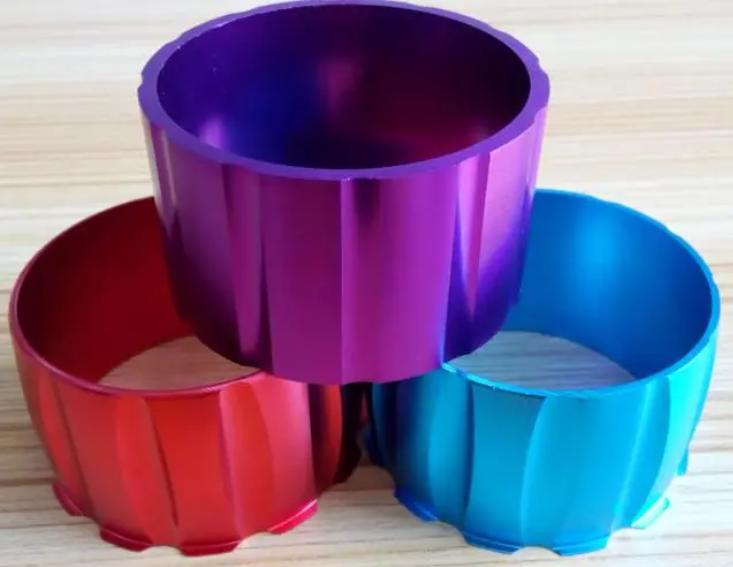
Option 2: Alternative Repair Methods
While re-anodizing is frequently presented as the primary option for repairing anodizing damage, other repair methods exist and can be useful in certain situations. Here are some reasons why.
Suitability for Minor Damage
- Scratches and Stains: For minor scratches and stains, re-anodizing may be excessive. Alternative methods, such as touch-up pens, dyes, or polishing, can frequently address these issues effectively, providing a faster, easier, and potentially less expensive solution.
- Cost-effectiveness: Re-anodizing can be costly, particularly for minor damage. Alternative methods can be much less expensive, making them a more appealing choice for minor repairs.
- Preserving Original Anodizing: Preserving the original anodizing may be desirable for its unique properties or sentimental value. Alternative methods of repair avoid stripping and reapplying the entire oxide layer.
Specialized Applications
- Localized Damage: Spot-repair techniques, such as brush anodizing, can effectively address localized damage without affecting the entire surface.
- Aesthetic Considerations: Alternative methods, such as laser engraving or metal inlays, can repair damage while providing a unique aesthetic touch. This can be useful for decorative or customized anodized pieces.
- Material Restrictions: For certain materials or situations where re-anodizing is not possible, alternative methods such as painting or powder coating may be the only viable option.
Limitations to Consider
- Durability: They may not provide the same level of durability and corrosion resistance as re-anodizing, particularly for deep scratches or in harsh environments.
- Appearance: The repaired area may not exactly match the original color and texture of the surrounding anodizing.
- Not all damage is repairable: For severe damage, other methods may be ineffective, and re-anodizing may be the only option.
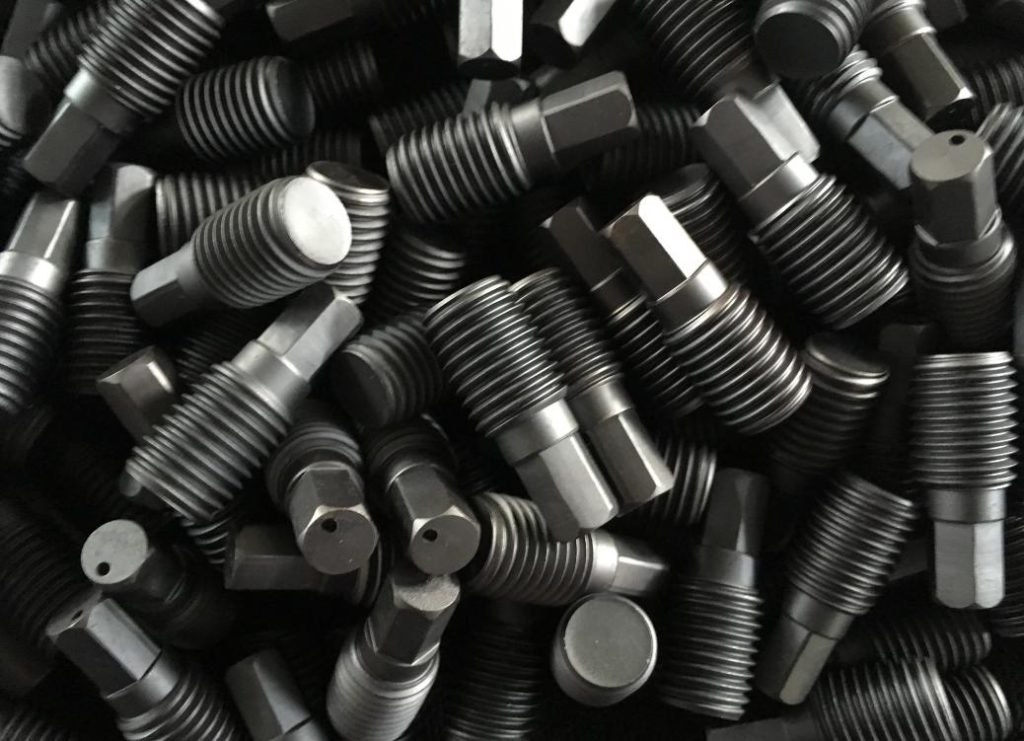
Conclusion
While anodizing provides excellent protection and aesthetics, understanding its susceptibility to damage and possible repair options allows you to make more informed decisions. Minor scratches, stains, and some chemical damage can often be fixed with inexpensive tools such as touch-up pens, polishing, or localized repair techniques. However, deeper damage may necessitate re-anodizing, which requires professional knowledge and has limitations in color matching and property restoration. The feasibility of repair is determined by the extent and type of damage, your desired outcome, and budget constraints. Consulting with a professional anodizing service is essential for accurate assessments and recommendations tailored to your specific needs. Remember that prevention is always key. Implementing proper care and handling practices can significantly increase the life of your anodized surfaces and reduce the need for repairs.


